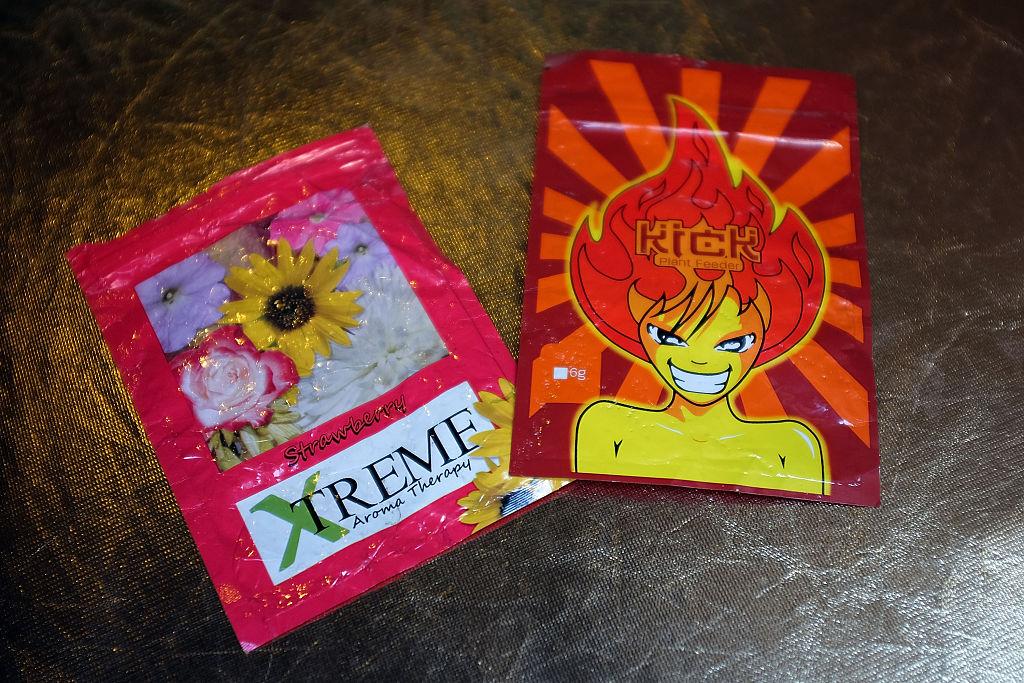Commentary
Cocaine. Meth. Heroin. Even the most sheltered among us recognize the names of these infamous illegal drugs. The “Don’t do drugs” mantra has been repeated with gritty persistence since my own days in elementary school.

Cocaine. Meth. Heroin. Even the most sheltered among us recognize the names of these infamous illegal drugs. The “Don’t do drugs” mantra has been repeated with gritty persistence since my own days in elementary school.